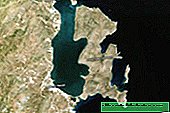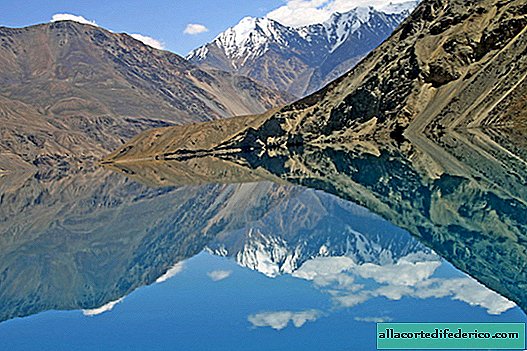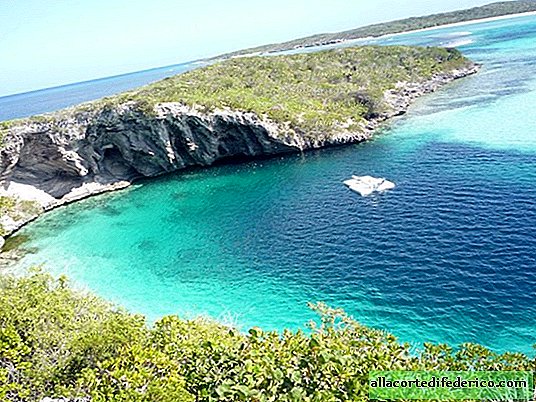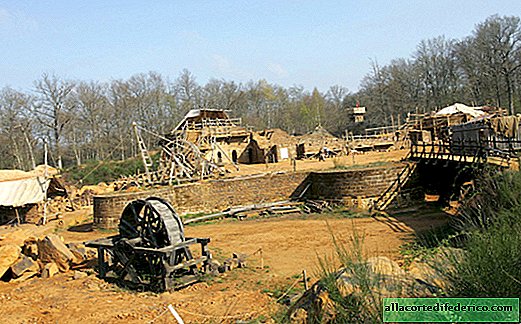Ancient Roman water pipes were hazardous to health
The ancient Romans were famous for their advanced water supply. “It’s weighty, rude, visually, as nowadays, the water supply system, worked up by the slaves of Rome, entered,” wrote Vladimir Mayakovsky about this miracle of engineering technology that has really survived to this day. However, recently it turned out that the water supply in the Roman Empire was not so simple: drinking water in the pipes was probably poisoned, which could lead to daily health problems: vomiting, diarrhea, liver and kidney diseases. The scientists made this conclusion by carefully examining the water supply from the city of Pompeii.
Water problems
After analyzing part of the city water supply, chemists at the University of Southern Denmark came to the unexpected conclusion that the pipes contained high levels of a toxic chemical element - antimony. The concentration was so high that it clearly created problems for the ancient Romans.
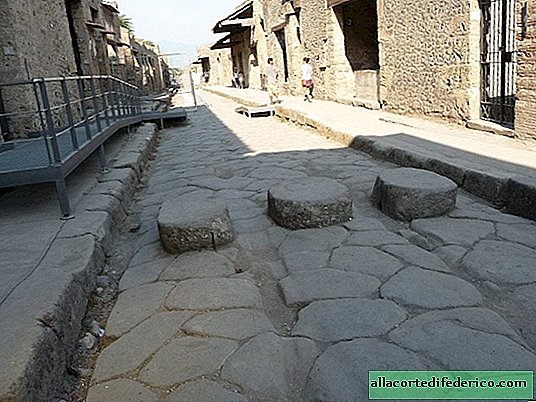
In fairness, archaeologists have previously considered the water pipes of the Romans to be dangerous, since they were made of lead: heavy metal accumulates in the body and ultimately causes damage to the nervous system and internal organs. However, the lead pipe is quickly calcined, thereby preventing lead from entering drinking water. That is, water could be dangerous only from a new or just repaired pipeline, and the rest of the time everything was fine.
Vesuvius is again to blame
Unlike lead, antimony is very toxic. In other words, after drinking poisoned water, the reaction occurs immediately. This element is especially irritating to the intestines, which leads to deterioration and dehydration. In severe cases, antimony can also affect the liver and kidneys, and in the worst case, cause heart failure.

A small piece of metal weighing 40 mg from the Pompeii water supply was the first step to find out in more detail how things really were with water in ancient Rome. But we can already say that the concentration of antimony in drinking water in the city was even higher than in other parts of the Roman Empire. After all, the city was located next to the notorious volcano Vesuvius, which increased the concentration of antimony in groundwater.













